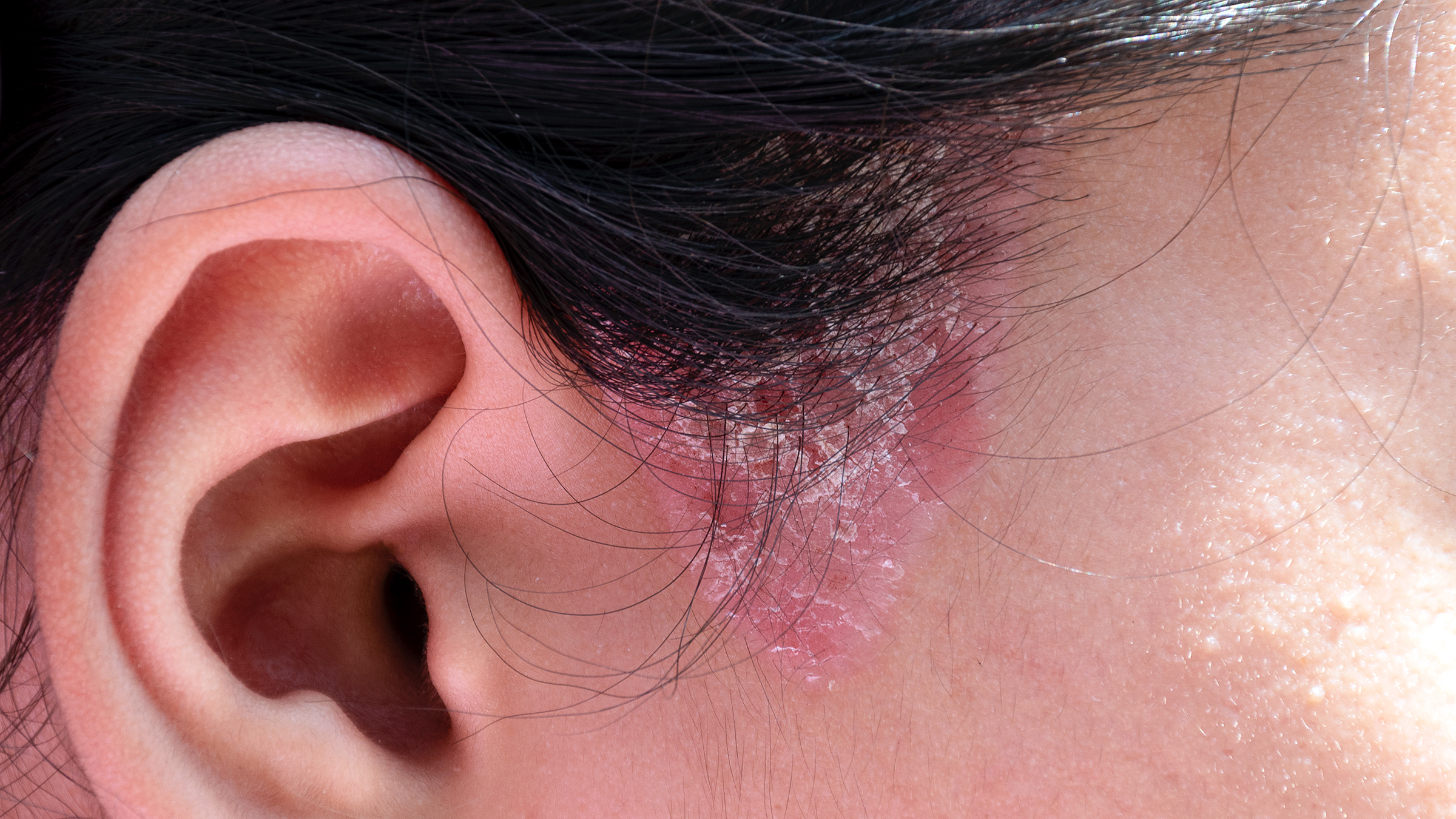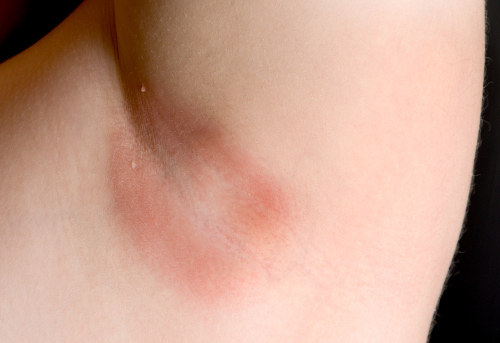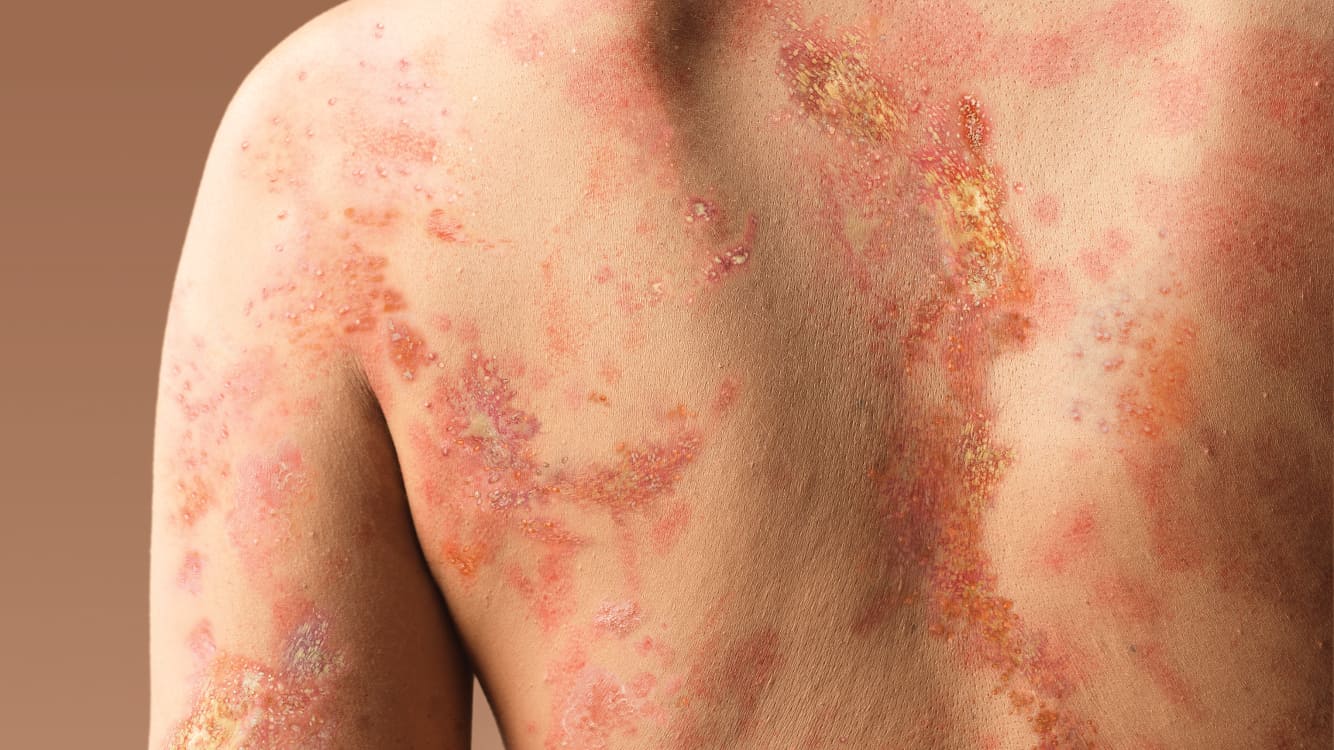
You might see red, itchy patches on someone’s skin and think it’s just irritation. But if they don’t go away, it could be psoriasis, a chronic and sometimes painful condition. Often misunderstood, psoriasis can seriously affect daily life. The good news? With better understanding comes better control.
What is psoriasis? An internal disorder
Psoriasis isn’t contagious—it’s an autoimmune condition where the immune system mistakenly attacks the skin, causing thick, red, scaly patches. Triggers include genetics, stress, infections, or sunburn. It can also affect nails and joints, not just the skin.
Plaque psoriasis: the most common, but not the simplest

Imagine your skin feeling like it’s covered in peeling paint — rough, dry, and sometimes painful to touch. That’s what plaque psoriasis often feels like. It’s the most common type of psoriasis.
Common symptoms include:
- Thick, red patches of skin with silvery-white flakes
- Usually shows up on the elbows, knees, scalp, and lower back
- Itching that can range from annoying to intense
On different skin tones, the patches can look different and may leave darker or lighter spots after healing — this is called post-inflammatory hyperpigmentation.
Guttate psoriasis: small spots, big problems
This type, which often shows up in kids or young adults, looks like a rash with small spots on the body, arms, or legs. It usually happens after an infection, like tonsillitis.
Things to remember:
- The spots are small and shaped like drops
- It’s often triggered by a bacterial infection, like strep throat
- The spots may be slightly scaly, but there are a lot of them
- Sometimes, this can be the first sign of hidden (latent) psoriasis showing up
Inverse psoriasis: discreet but unpleasant

This type of psoriasis shows up in skin folds – like the armpits, groin, and under the breasts – where it’s not always easy to see, but definitely hard to ignore.
What makes it different:
- Red, smooth, and shiny patches
- Gets worse with heat, sweating, and skin rubbing
- Higher chance of fungal infections
Unlike other types of psoriasis, there’s usually no flaking here. Instead, it feels like constant irritation – kind of like wearing wet clothes that keep rubbing on sore skin.
Pustular psoriasis: when the skin becomes inflamed

This type is less common, but it really stands out. You might see white blisters filled with pus (not contagious), surrounded by red, sore skin. It can show up just on certain areas like the hands or feet, or all over the body.
What to look out for:
- Painful pus-filled bumps
- Sometimes comes with fever and chills
- It’s important to see a doctor quickly
This is your body’s way of saying something’s wrong — don’t ignore it.
Erythrodermic psoriasis: the rarest, but also the most dangerous

Imagine your skin becoming inflamed everywhere, like a big burn. It turns red, peels a lot, and hurts really badly: that’s erythrodermic psoriasis, and it’s an emergency.
Here’s what you should know:
- It can affect your whole body.
- It causes intense itching, pain, and swelling.
- It might happen if you suddenly stop treatment or have serious skin damage.
This type needs quick hospitalization to prevent complications.
Living with psoriasis: understanding to act better
Psoriasis can impact nails, causing thickening, discoloration, or peeling, often indicating psoriatic arthritis, which affects one in three people with psoriasis. Managing psoriasis can be tough, but knowing triggers and treatments like creams, phototherapy, and biologic meds can help. You’re not alone; millions face this. Talk to a dermatologist and take care.




